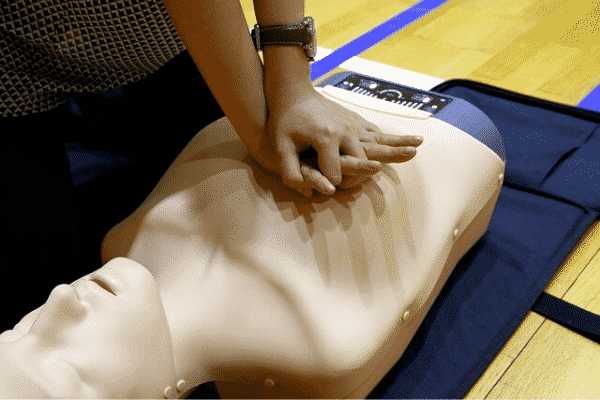
3 Common Causes of Death All EMS Personnel Should Know About
The job of an EMS specialist is never easy. It’s not unusual for them to encounter patients with a long history of medical complications who experience cardiac arrest at the drop of a hat. When faced with such an individual at a scene, years of training kick in, and personnel persistently utilize all techniques to ensure the victim regains consciousness. However, there are occasions where completely healthy patients suffer complications that result in unfortunate and unforeseen circumstances.
This guide contains a list of common causes of death EMS providers must recognize to provide improved treatment services.
- Heart Attack (Acute Myocardial Infarction)
A heart attack is one of the most common causes of sudden death in adults. It usually occurs when there is a restriction to blood flow to the heart. Blood clots or plaques which develop in the arteries are often responsible for the occlusion of blood flow to the heart. When this happens, the delivery of oxygen to the heart will be inhibited, causing tissue death. The affected individual would become increasingly fatigued, and extensive cell death caused by the lack of oxygen would eventually result in a heart attack. To minimize the damage from these types of situations, EMS personnel should have an in-depth understanding of symptoms and always have a new or refurbished defibrillator nearby.
- Heart Arrhythmia
Heart arrhythmia or cardiac dysrhythmia refers to a range of conditions that are characterized by an irregular heartbeat. The heartbeat may be too slow or too fast, and the presentation is usually asymptomatic. However, in certain circumstances, the patient may experience palpitations, shortness of breath, dizziness, and mild or acute chest pain. As an EMS provider, it is crucial to pay close attention to such minor complaints even from young and relatively healthy patients, as it could be an indicator of cardiac arrest, leading to death.
- Pulmonary Embolism (PE)
Pulmonary embolism is characterized by blockage in one of the pulmonary arteries in the lungs. It is usually caused by blood clots formed in various parts of the body, which then travel to the lungs. It is not unusual for this condition to develop in middle-aged adults, but it is more prevalent in the elderly. Patients with a history of deep vein thrombosis, who are on estrogen-based medications, and even patients who have cancer or have just recently undergone surgery are equally vulnerable to pulmonary embolism. Factors such as trauma, long-term immobilization, smoking, etc. can increase the risks of PE. However, EMS personnel must be aware that the condition could develop even without any of those risk factors.
With knowledge of these common causes of sudden death, an emergency service provider can be efficiently equipped to provide the appropriate response when faced with similar cases to ensure the victim is transported to the nearest medical center with little harm. For trusted emergency medical equipment and accessories, including refurbished defibrillators, ventilators, stretchers, and more, browse Coast Biomedical’s products from the best brands in the industry.




